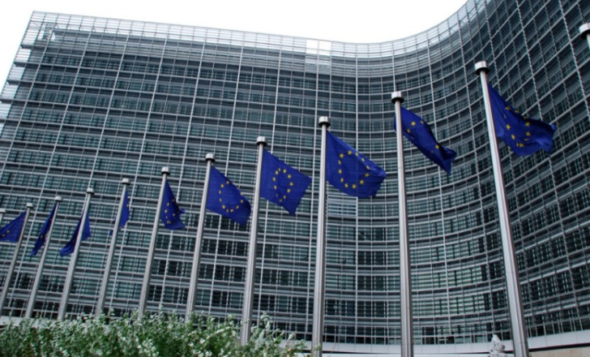The European Union wants to use the Carbon Border Adjustment Mechanism (CBAM) to force its foreign partners to reduce emissions. This is Europe’s way to protect the competitiveness of its economy that is burdened by the climate policy, and also a source of disagreements with China, Russia and the US – writes Wojciech Jakóbik, editor in chief at BiznesAlert.pl.
The carbon mechanism will be used to impose a new tax on goods imported to the European Union. The tariff will be determined on the basis of the amount of CO2 emissions generated during the production process in countries, which have not introduced a climate policy as ambitious as the one in Europe. This solution has already caused resistance in the United States, which has confirmed its willingness to cooperate on climate policy. John Kerry, the US Special Presidential Envoy for Climate, warned in the Financial Times that the CBAM should be a “last resort”. “I think it is something that’s more of a last resort, when you’ve exhausted the possibilities of getting emission reductions and joining in some kind of compact by which everybody is bearing the burden,” he told the FT. Russians are also concerned about CBAM, because according to VTB Capital, their energy companies could lose even RUB 187 billion a year due to the new tax. The EBITDA of those firms, including Inter RAO, OGK-2, TGK-1, Mosenergo, Enel Russia and Unipro will drop by about 16 percent if the new tax is levied.
During the recent Leaders Climate Summit organized by the US, new declarations about climate policy were made by western states, which BiznesAlert.pl wrote about, but the non-western big polluters – China and Russia – did not make any new promises. The Chinese have declared they supported climate protection in developing countries by monitoring emissions in Africa and establishing low-emission zones in Southeast Asia as part of the Belt and Road Initiative, aka the New Silk Road. Chairman Xi Jinping explained this during the summit. One could infer that China is using this initiative to combine the foreign aspect of its climate policy with its economic expansion. Whereas Russians are pursuing an arbitrary climate policy at this point, which encourages, but does not force companies to publish data on GHG emissions without any consequences.
However, what the EU is doing could be perceived as an attempt at regaining the competitiveness of its industry in response to the fact that currently only European companies bear the burden of an ambitious climate policy. If the goal of the European Green Deal is economic rebirth thanks to green technologies that protect the climate, then CBAM is the guard that will protect the competitiveness of this economic vision. This is one of the reasons why Poland supports this proposition.
“Poland supports the introduction of this new instrument, because the existing EU ETS system (created for producers in the EU) entails the risk of production being transferred outside of the European Union to escape emission restrictions,” the Ministry of Climate and Environment explained in a comment for BiznesAlert.pl. “Such a scenario creates two kinds of risks. First, it undermines the efficiency of EU’s ambitious climate policy by interfering with the price signal related to the external effect of carbon dioxide emissions. Second, it undermines the equality of opportunity when it comes to the competitiveness of European businesses, which have to bear the costs of carbon dioxide emissions as part of the EU ETS, and companies outside of the EU, to which those burdens do not apply,” the ministry pointed out.
“CBAM could be an impulse for manufacturers outside of the EU to take action to reduce emissions, which would in turn lower pollution across the world. It is of key importance to distinguish between the new system (CBAM), which is dedicated to companies outside the EU, and the already existing EU ETS, which has been designed for entities in the EU. The EU ETS does not address the problem of emissions outside of the EU, but generated by the demand in the EU. Therefore, CBAM has been designed, first and foremost, as a tool that is to limit emissions outside of the EU,” the ministry commented.
The European Commission is to present the fundamentals of CBAM in June. The European Parliament called on the EC to introduce this solution by 2023, and to adapt it to the requirements of the World Trade Organization. CBAM is criticized mostly for undermining the regulations that guard free trade. The critics of this approach could argue that it’s not about protecting the climate, but the European industry, which would mean CBAM is set to become a new geopolitical or geoeconomic tool.
The heat this summer may be searing when it comes to the political arguments over CBAM, which, while it may help Europe regain its competitiveness despite the ambitious climate policy, will also generate conflict with all the major players. It remains to be seen whether Europe will convince them to its global climate policy vision, or fail entirely. The future of transatlantic cooperation for climate will be especially interesting in this regard, because despite high-sounding declarations by the new White House administration, the discussion on CBAM proves that climate policy may remain a bone of contention for Brussels and Washington.

 PL
PL EN
EN






